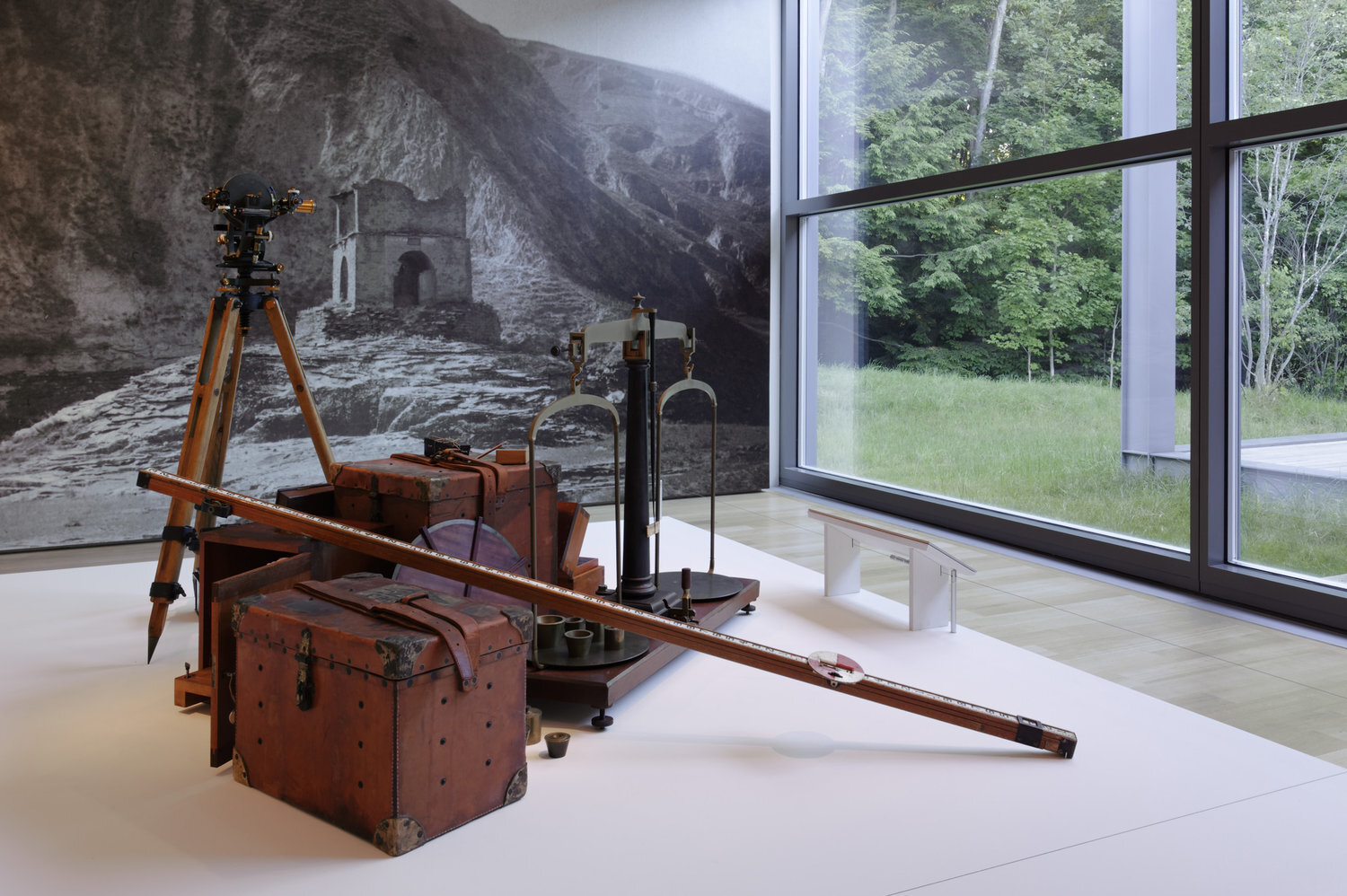
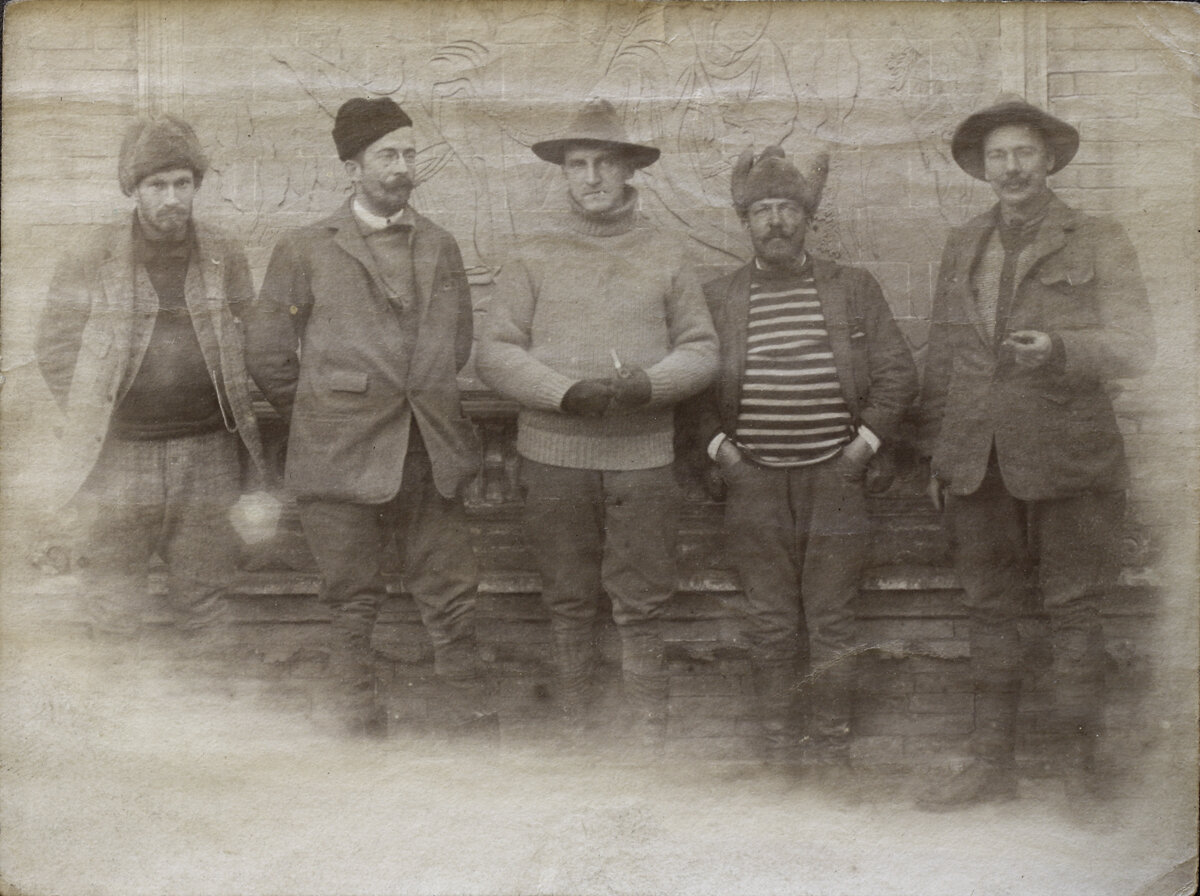
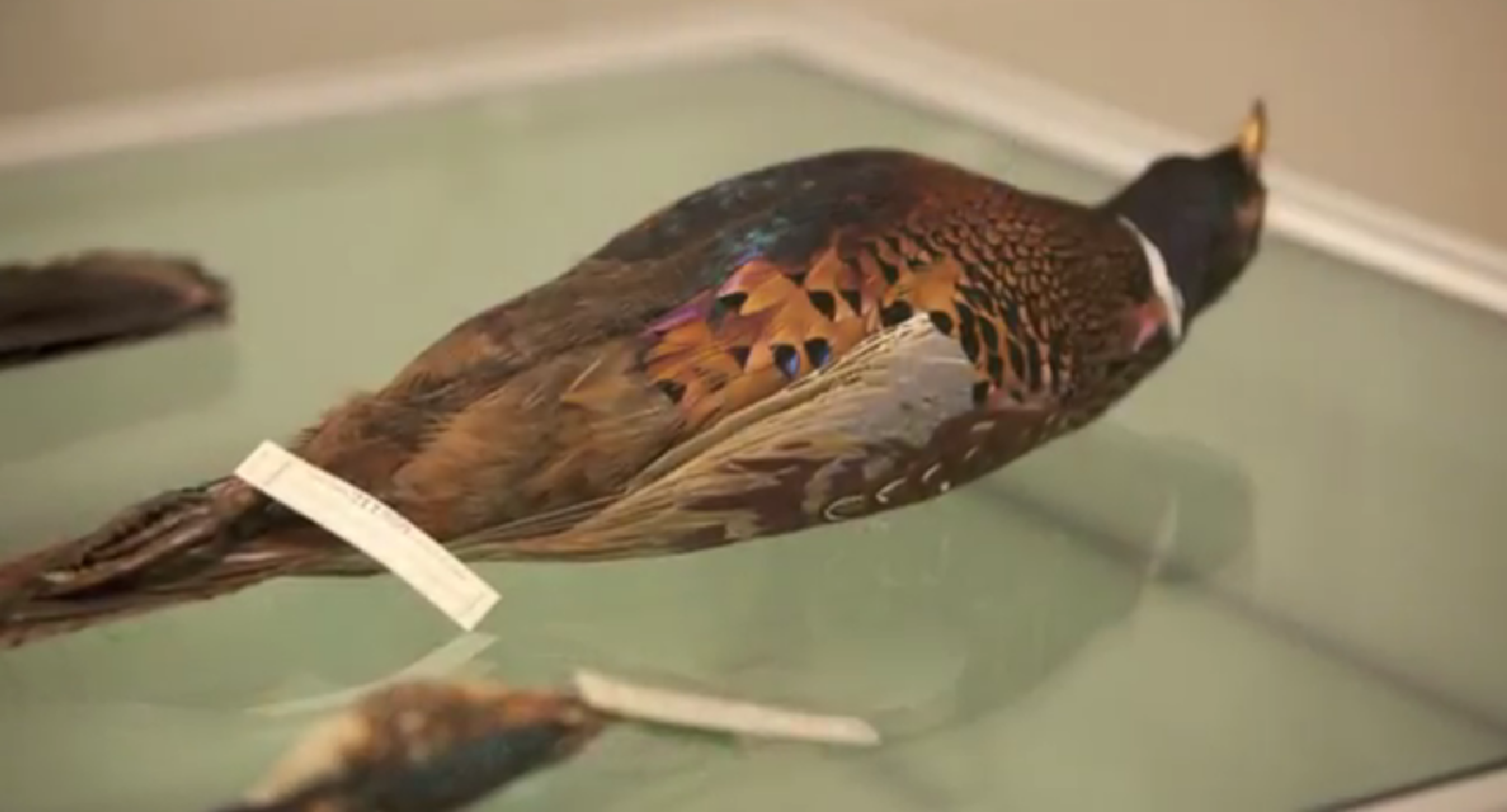
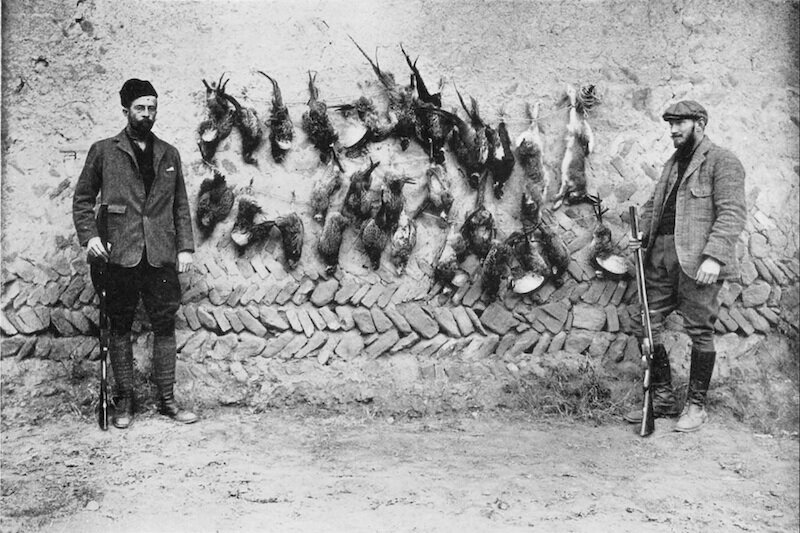
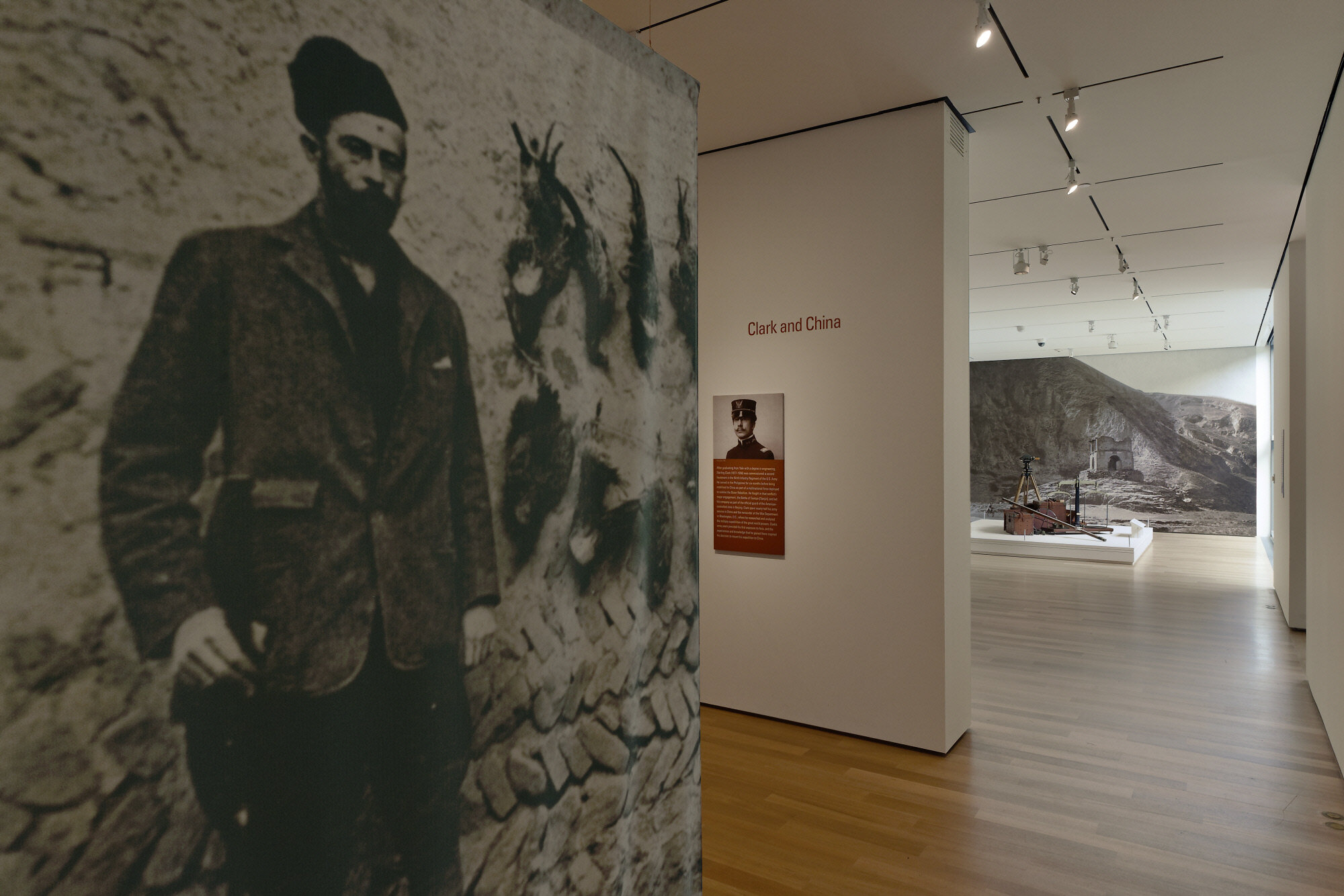
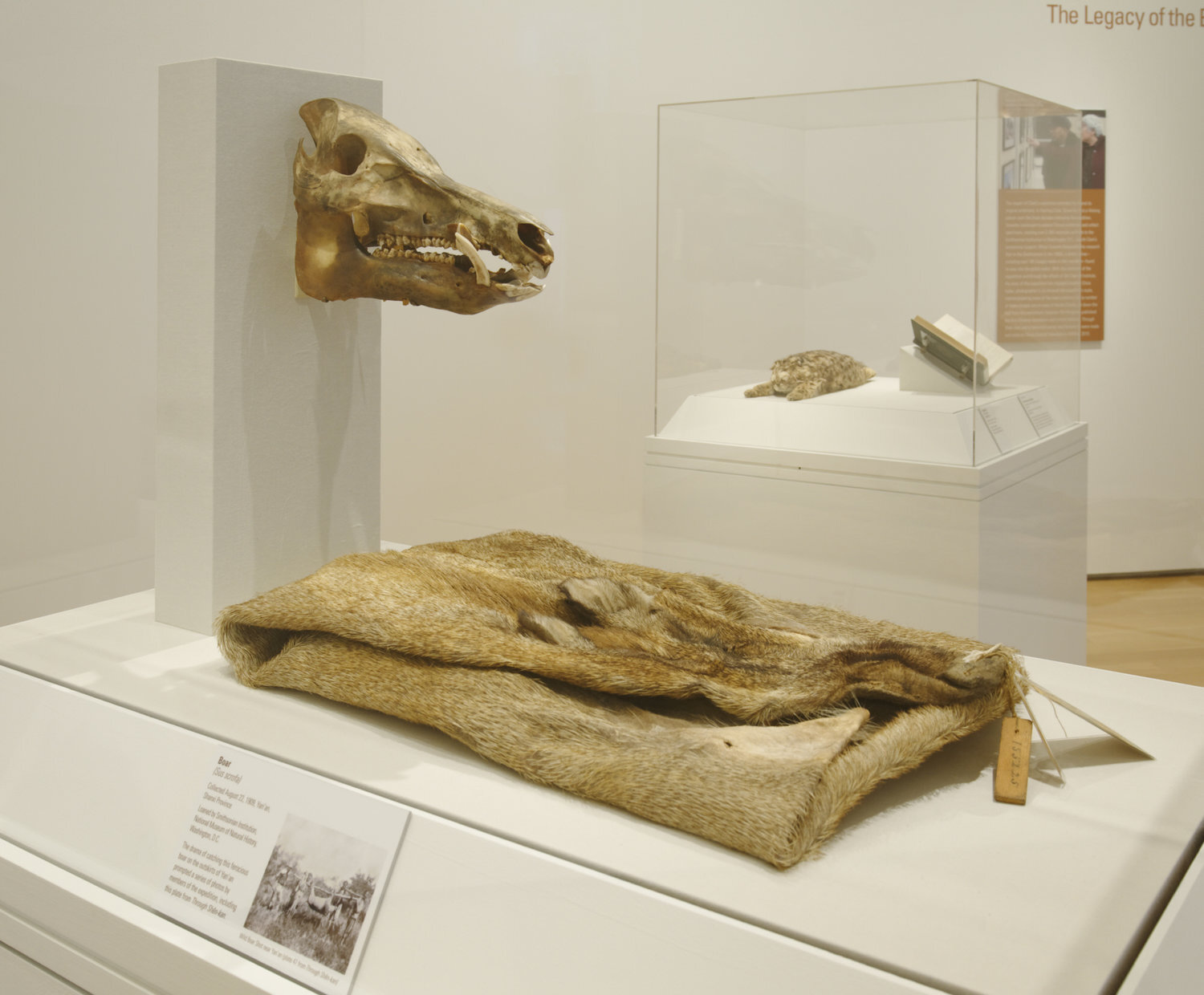
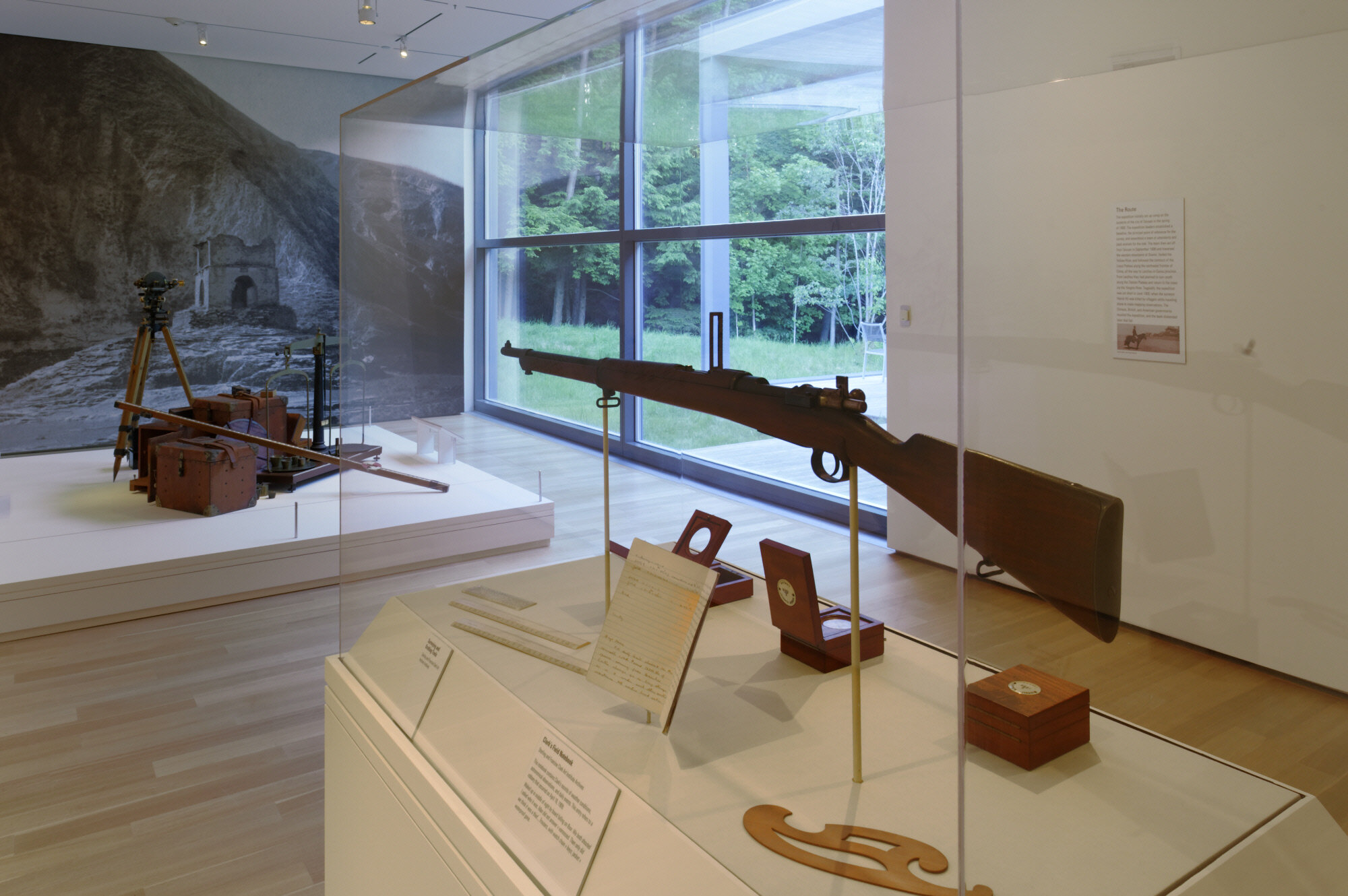

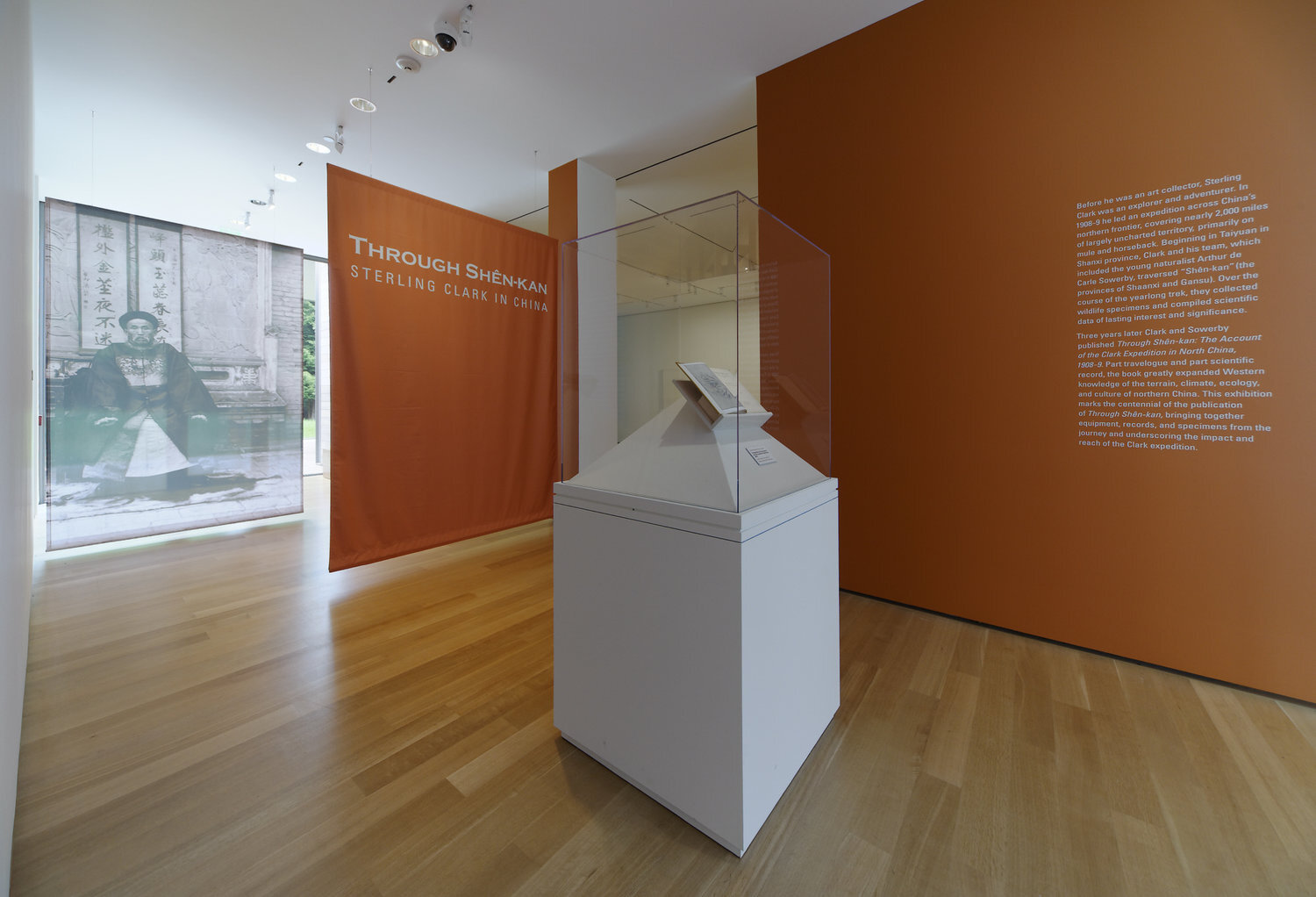

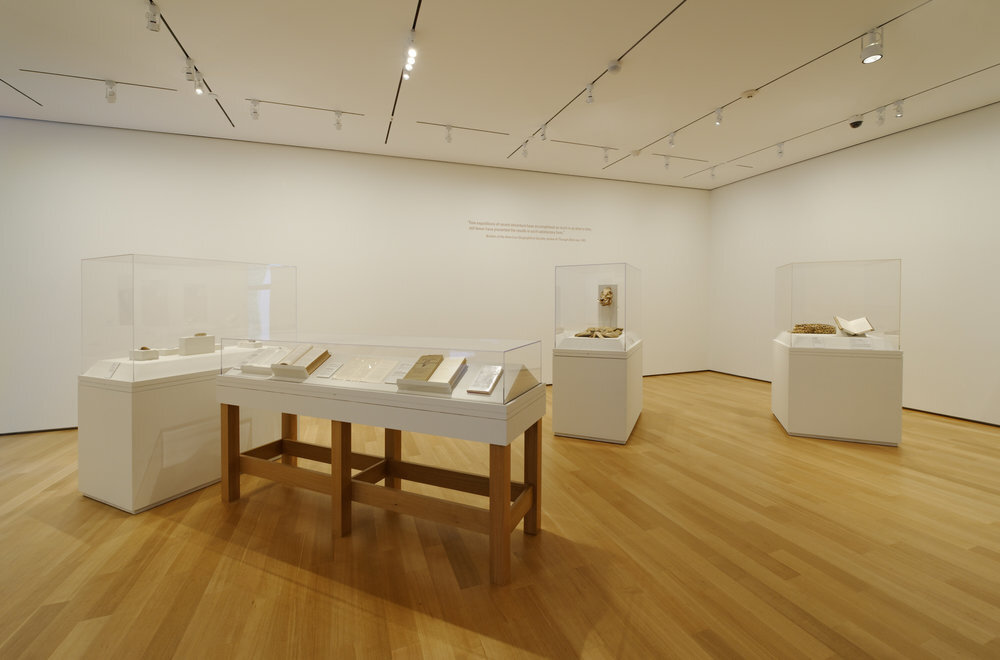
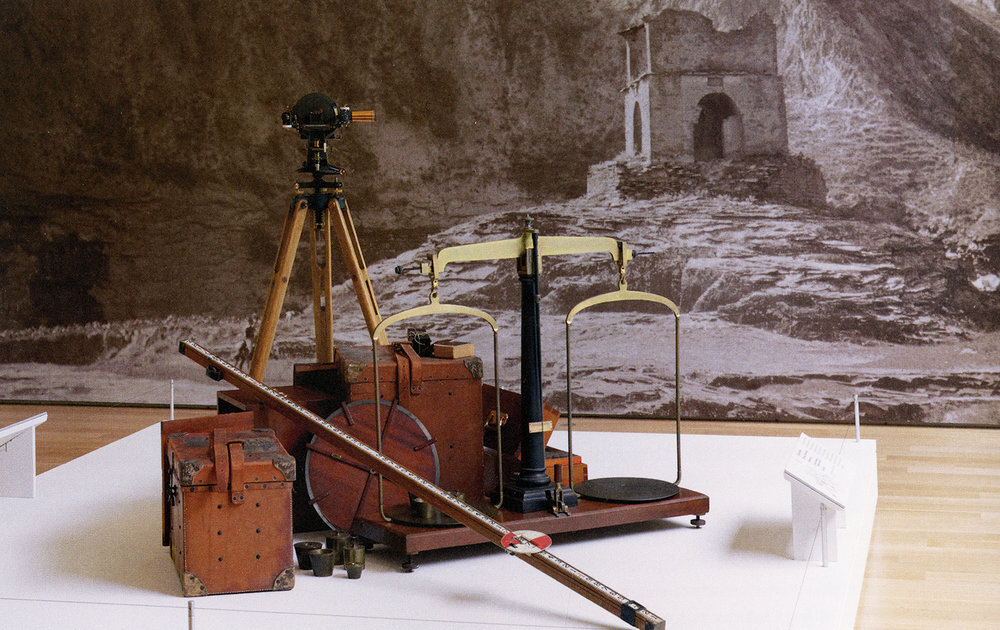
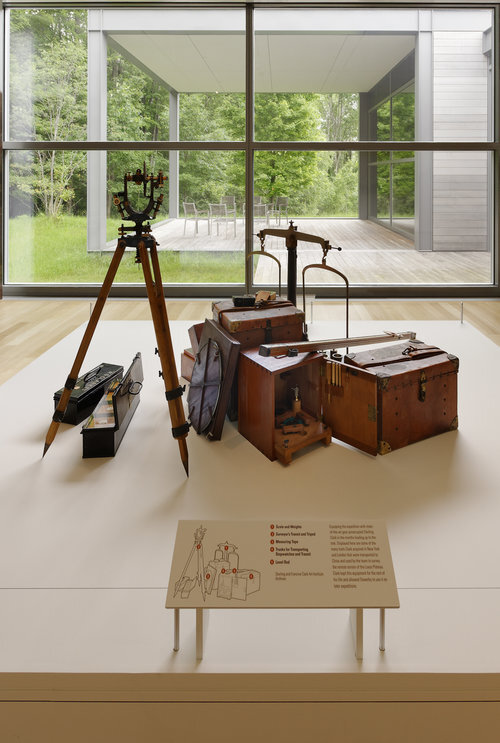
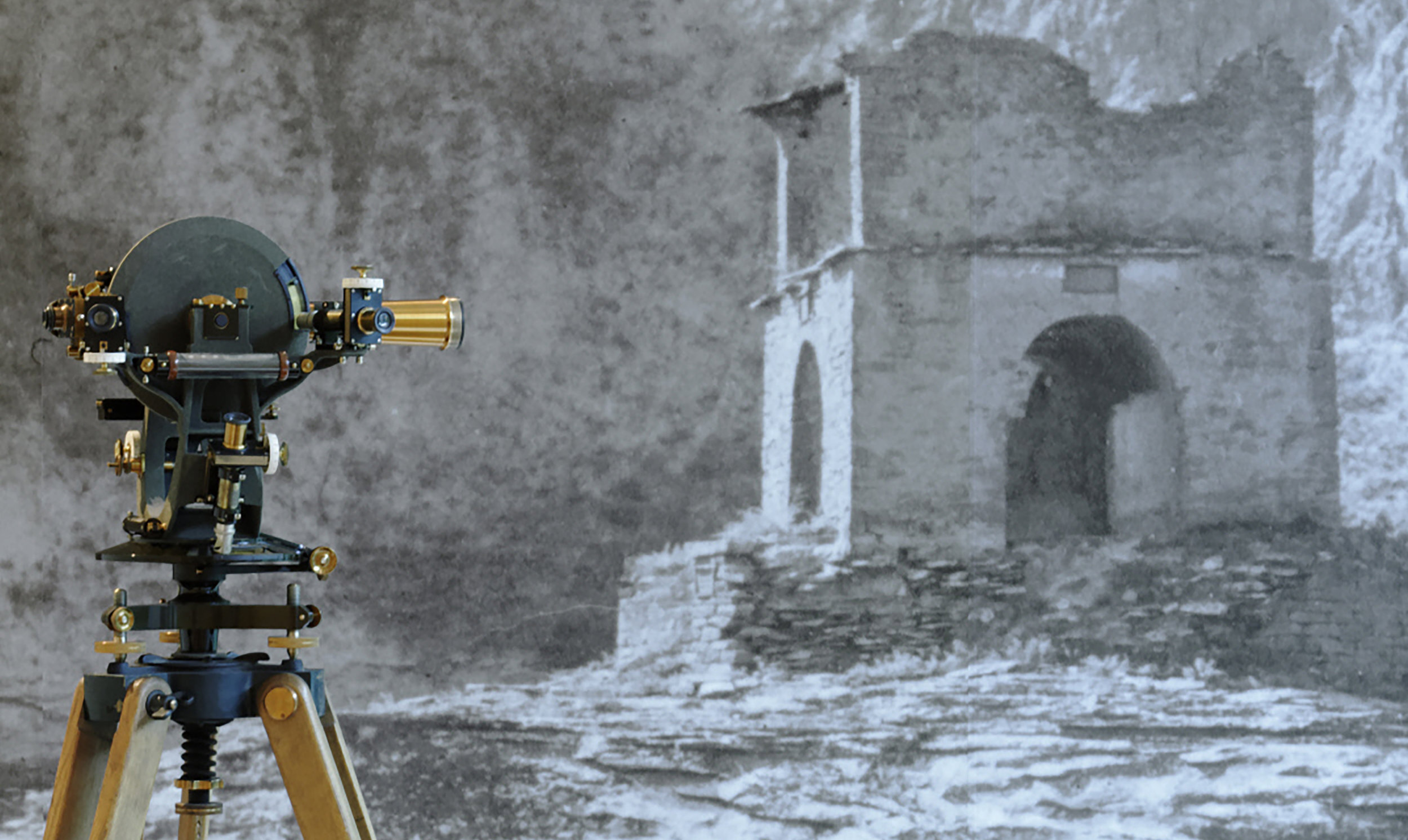
Through Shen-kan:
Sterling Clark in China
The Clark Art Institute, Williamstown, MA
In 1908, years before he founded the museum with his wife Francine, Sterling Clark mounted an expedition into northwestern China. On the centennial of the expedition The Clark Art Institute made the decision to mount the first artifact based interpretive show in their history. The Show was presented in their new Lunder Center galleries, design by renowned architect Tadao Ando, and home to the Williamstown Conservation Center.
The exhibition explored the context and significance of the expedition, retracing both the path of the group through and Clarks connection to important natural history collections across the globe.
Trained a a civil engineer, Clark brought a scientist curiosity to the planning of his journey, assembling talented professional team that included a surveyor, a doctor and meteorologist, an artist, and the naturalist Arthur de Carle Sowerby. Departing from the city of Taiyuan in Shanxi, the group traveled west through the provinces of Shaanxi and Gansu, before reaching Lanzhou, a journey of nearly 2,000 miles.
Clark curators delved into collections as near as their own as far away acclaimed academic institutions in China in order to represent the scientific work of the group. Concurrently Unearthed: Recent Archeological Discoveries from Northern China were mounted in the main galleries of the using techniques developed in this show, as well as Phantoms of the Clark Expedition by artist Mark Dion at The Explorers Club in New York.
“The trip itself, with its 38-man team and its bevy of mules and donkeys, was no doubt a dusty, grimy affair. Its mission, however, was to catalog and categorize, and it is this orderly spirit that the show captures.”
All Photography
(Sterling and Francine Clark Art Institute)
